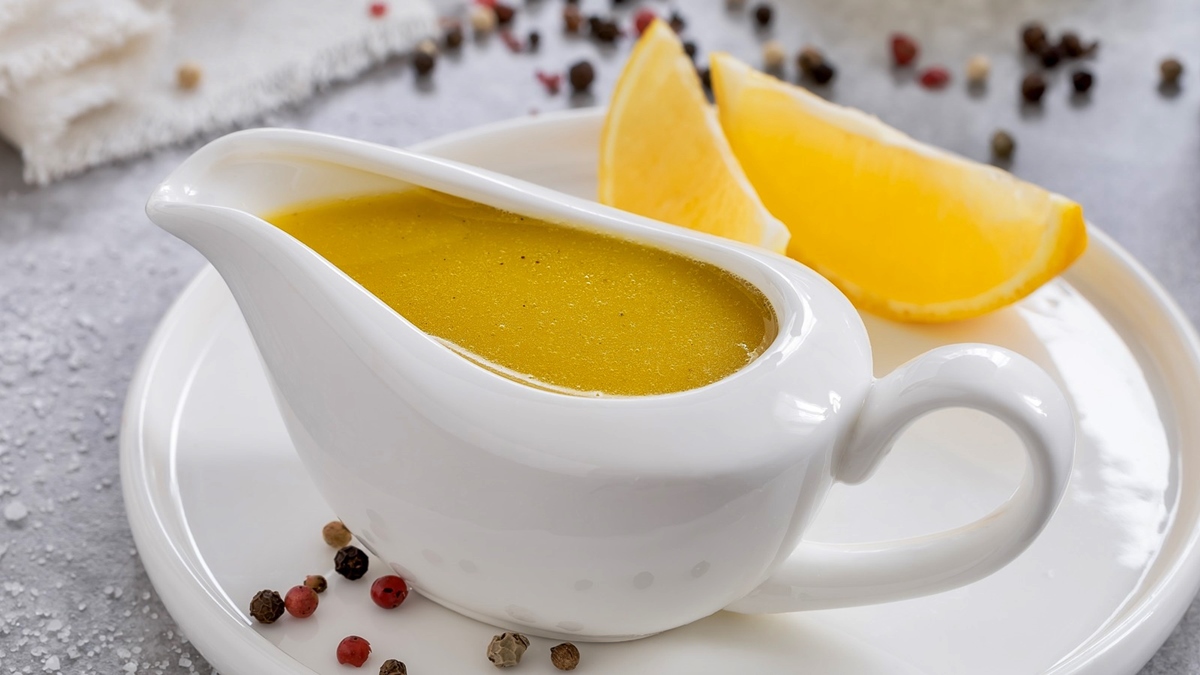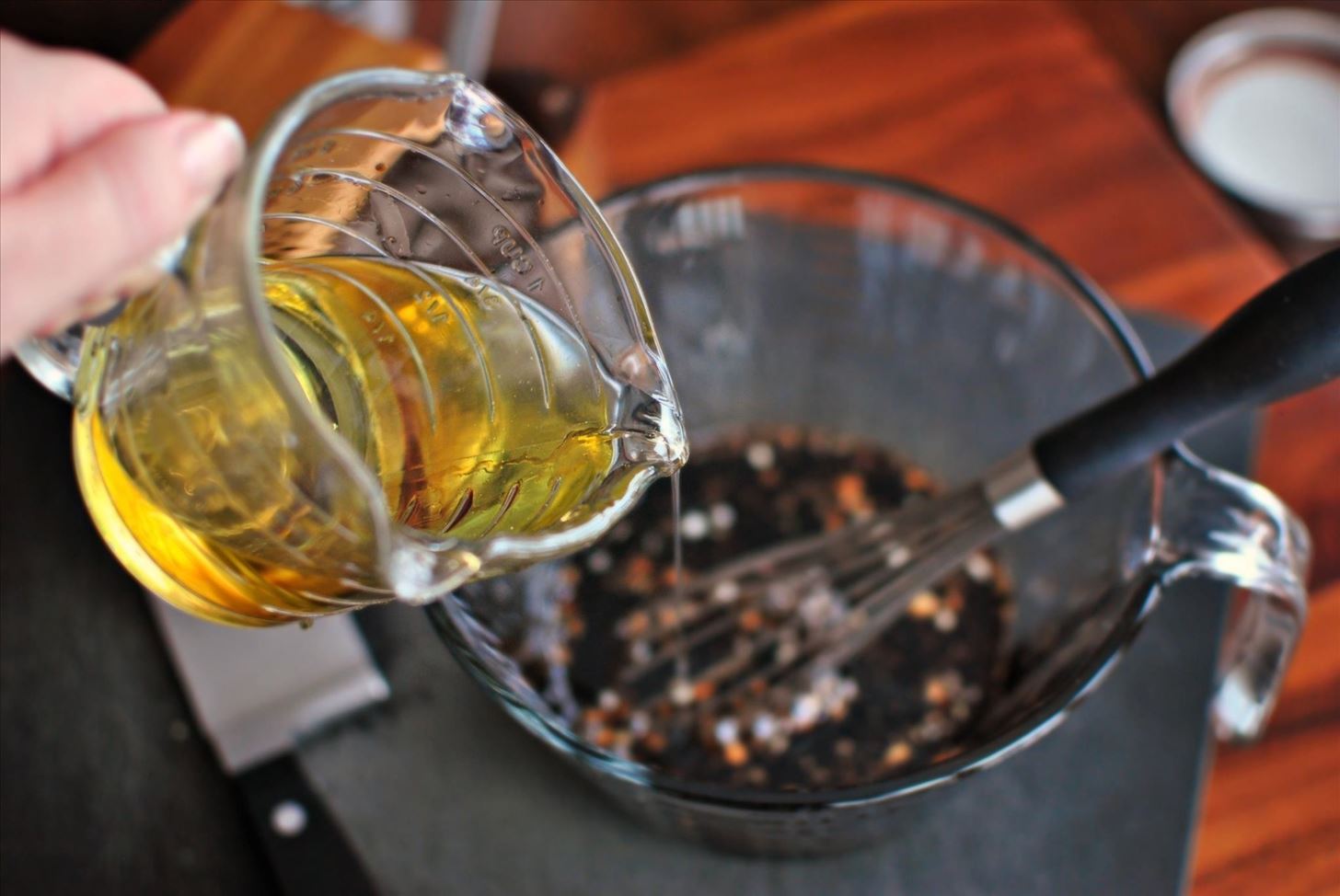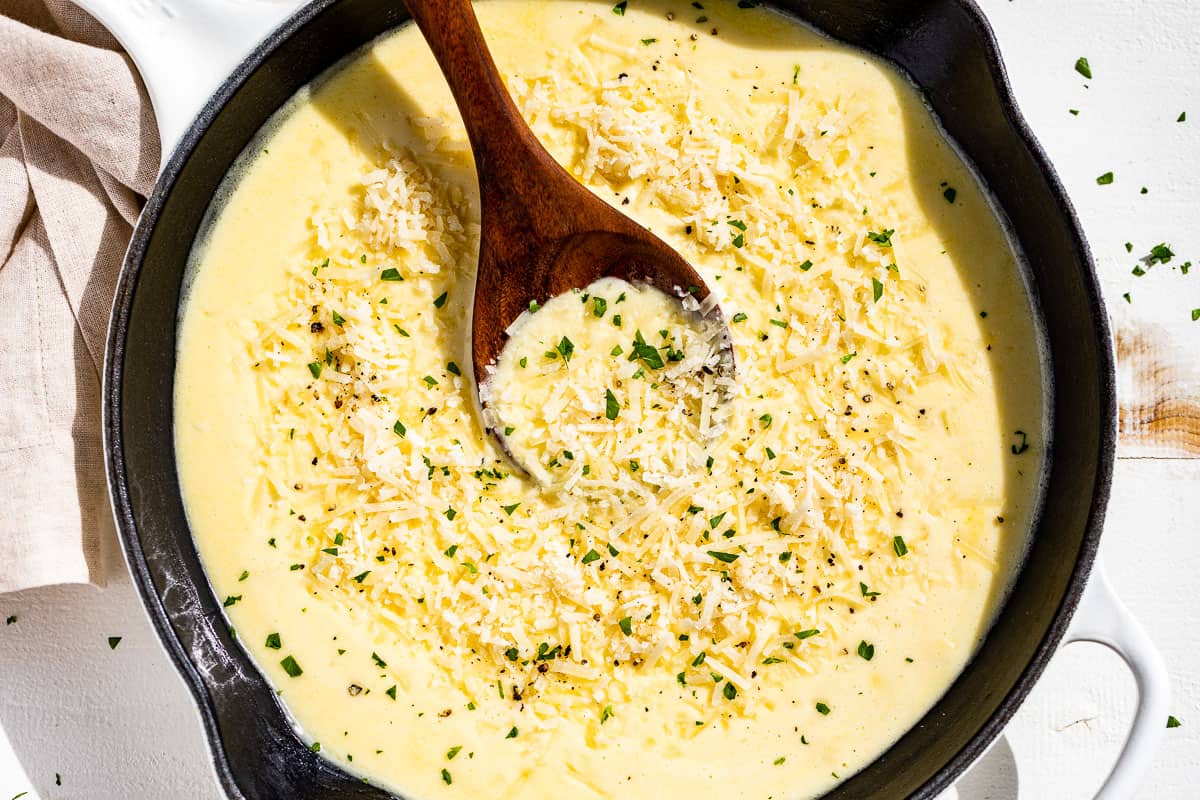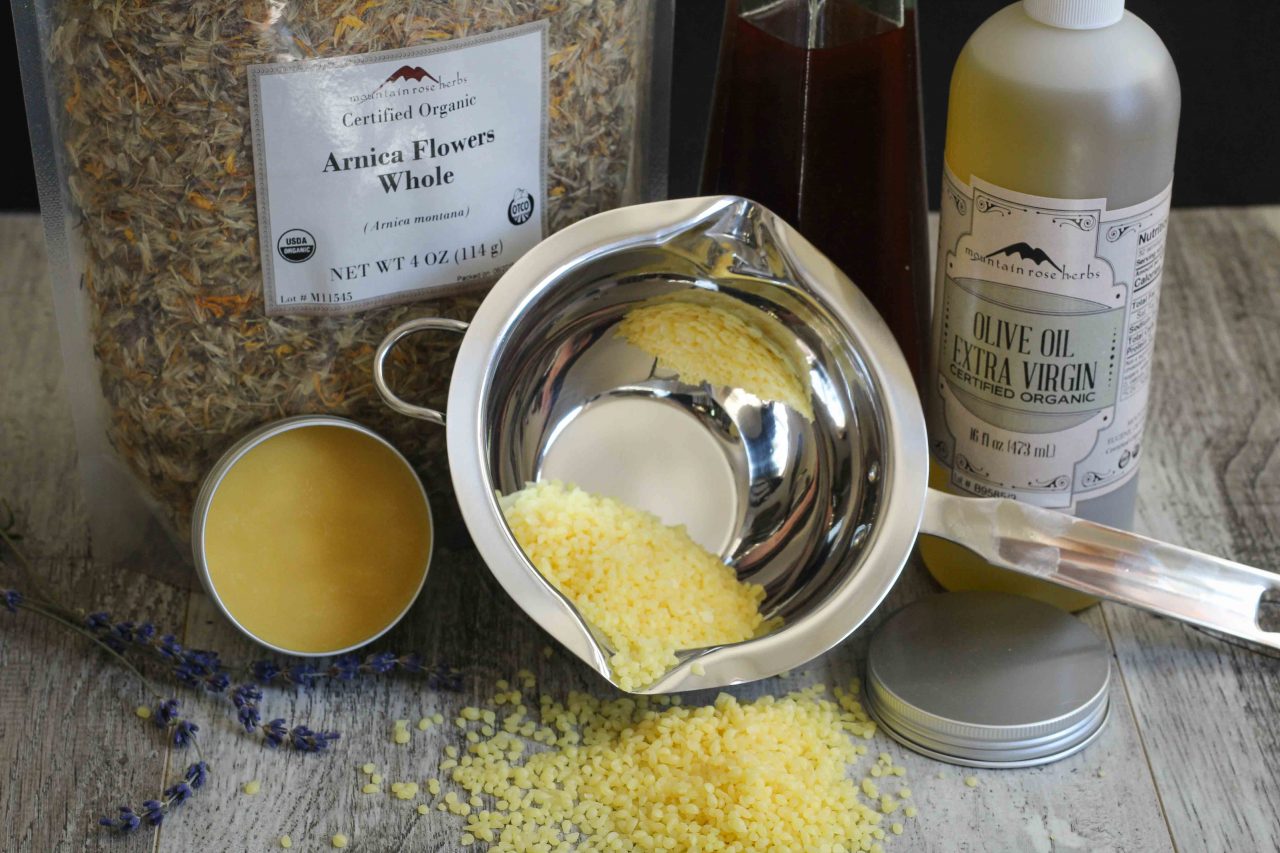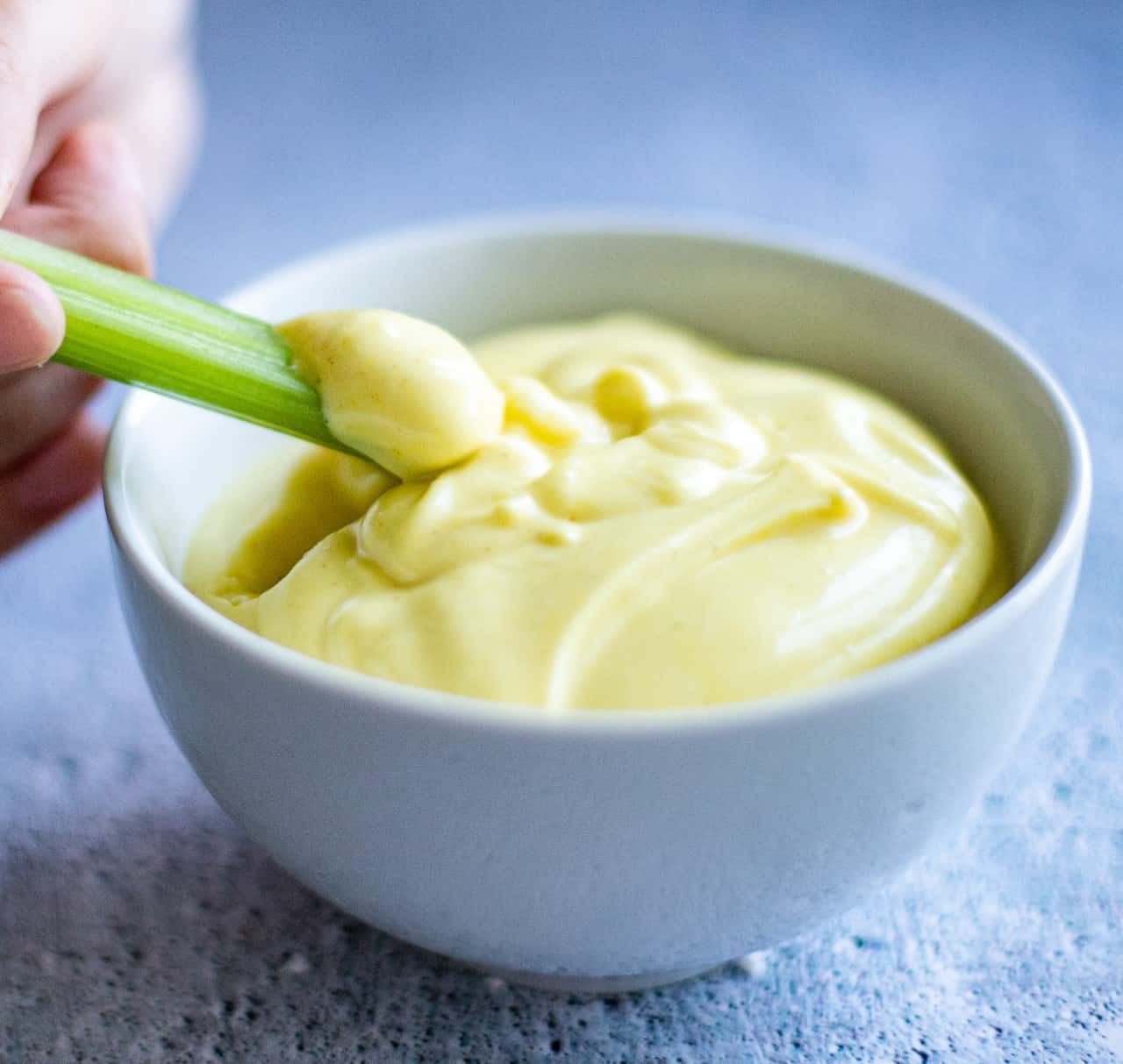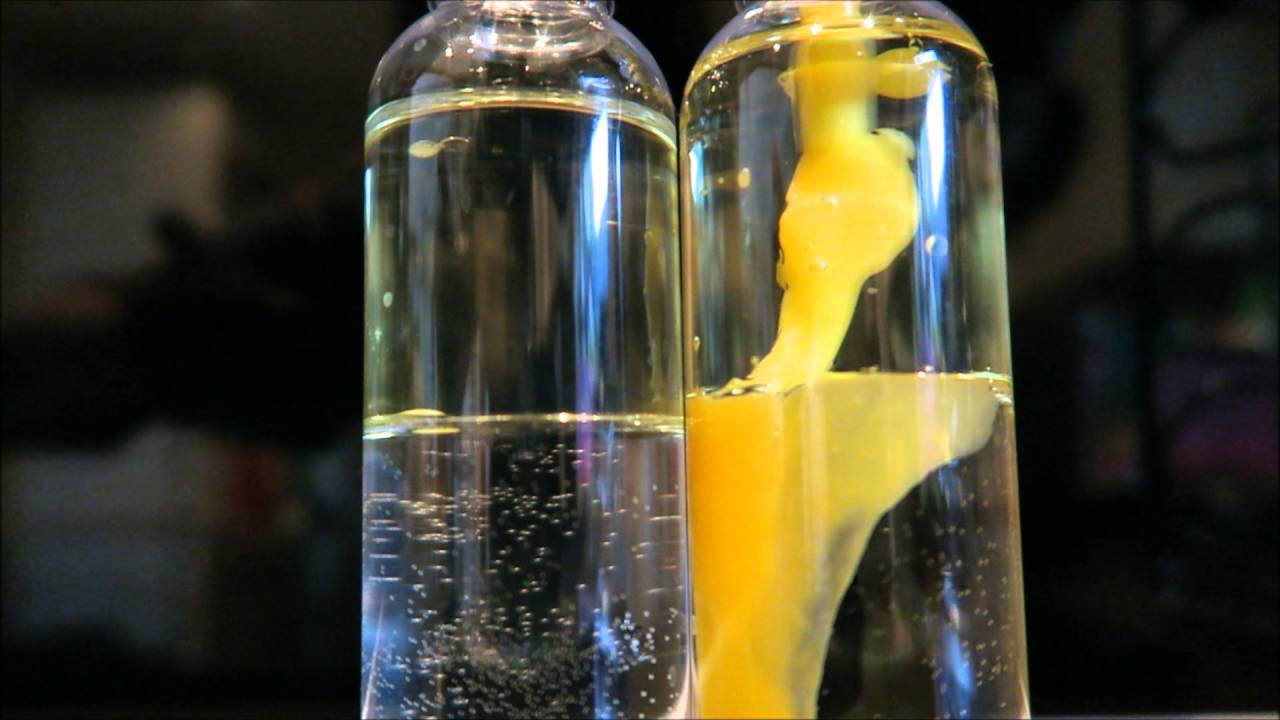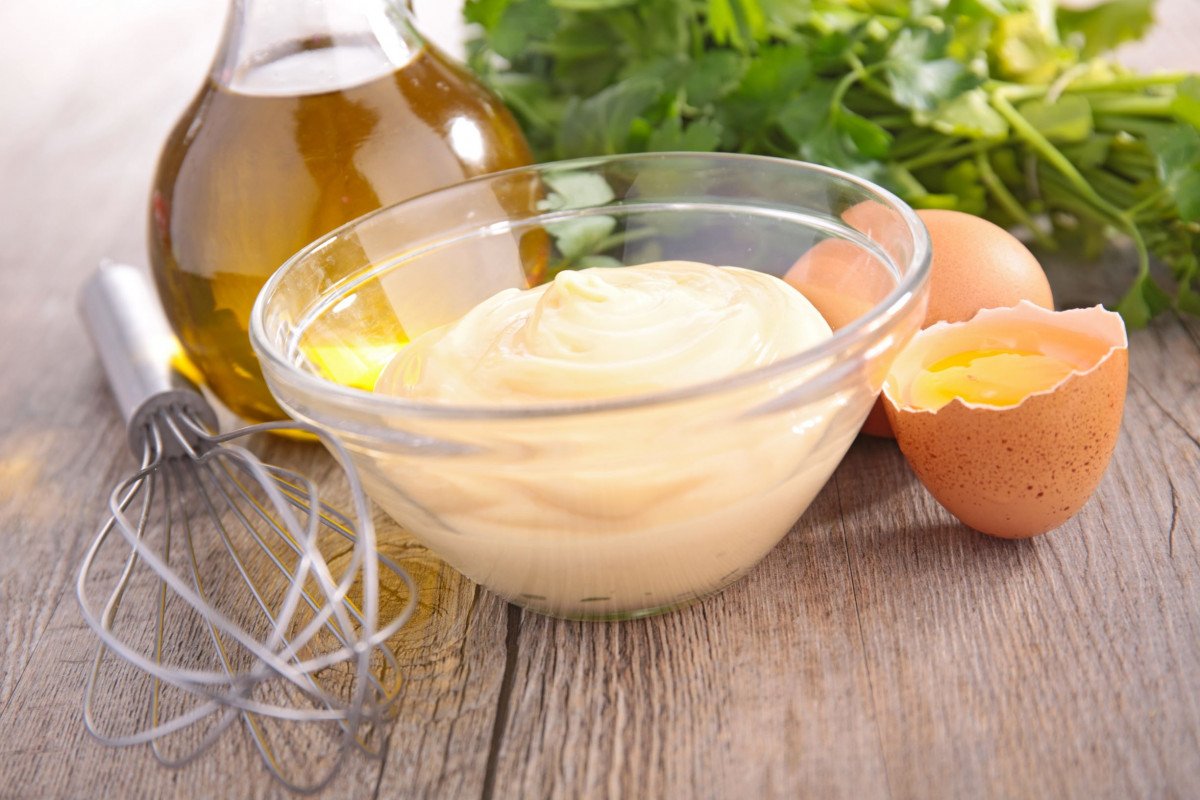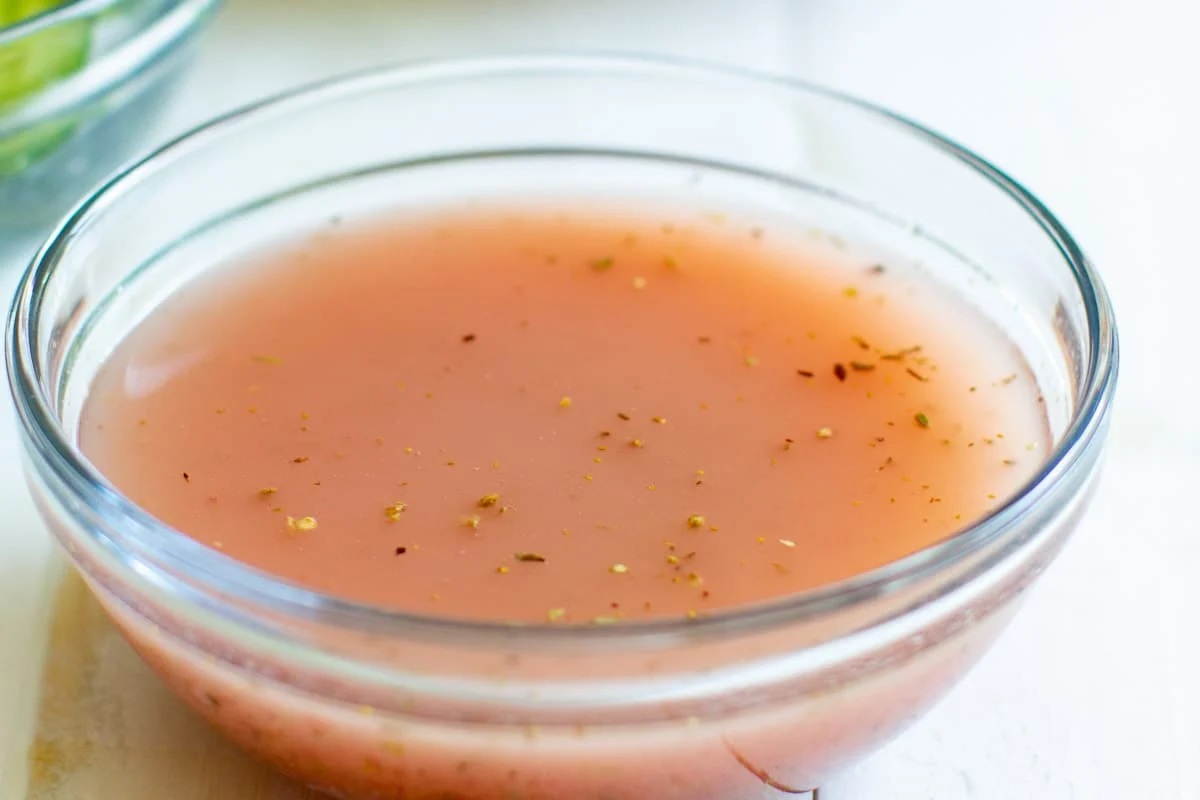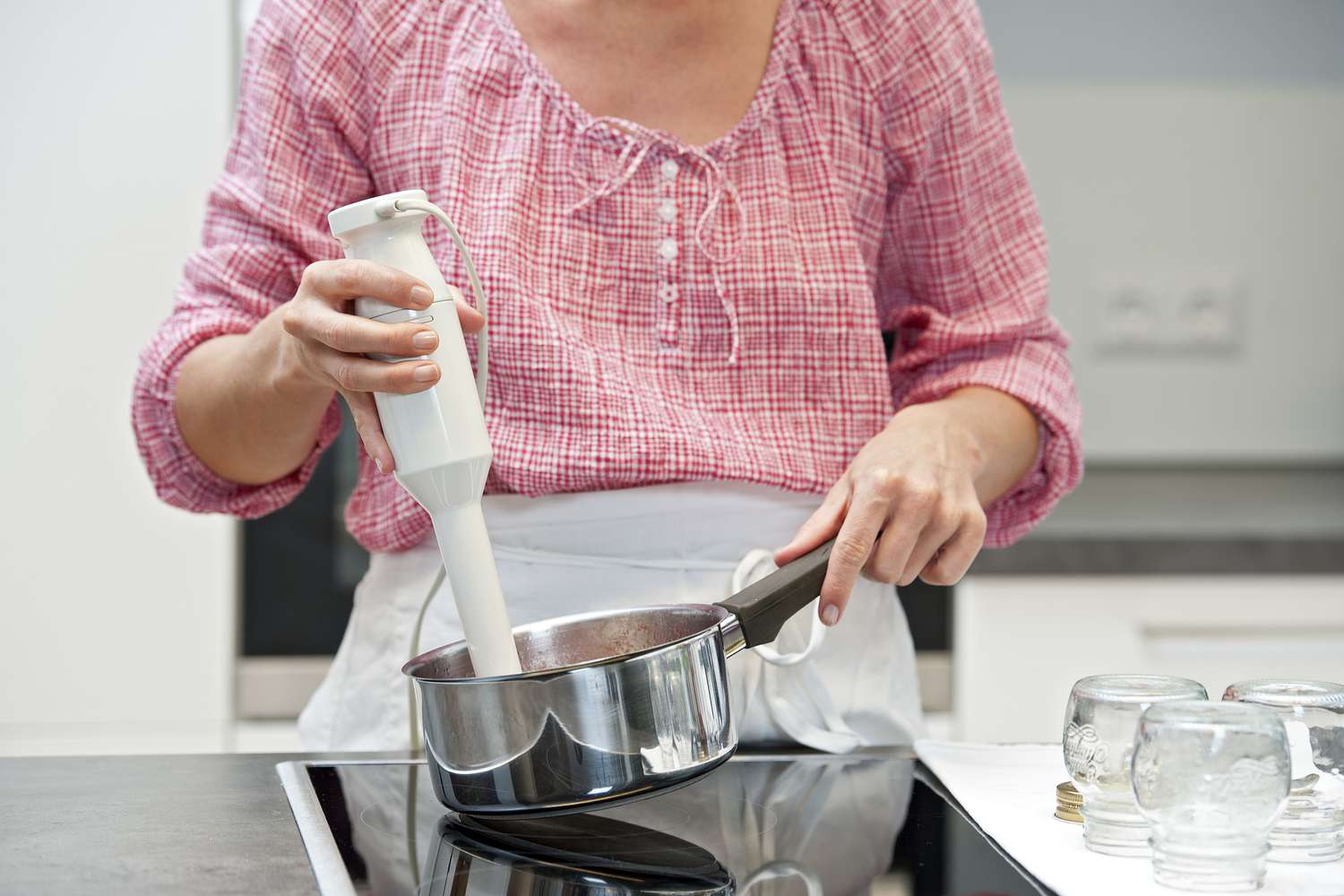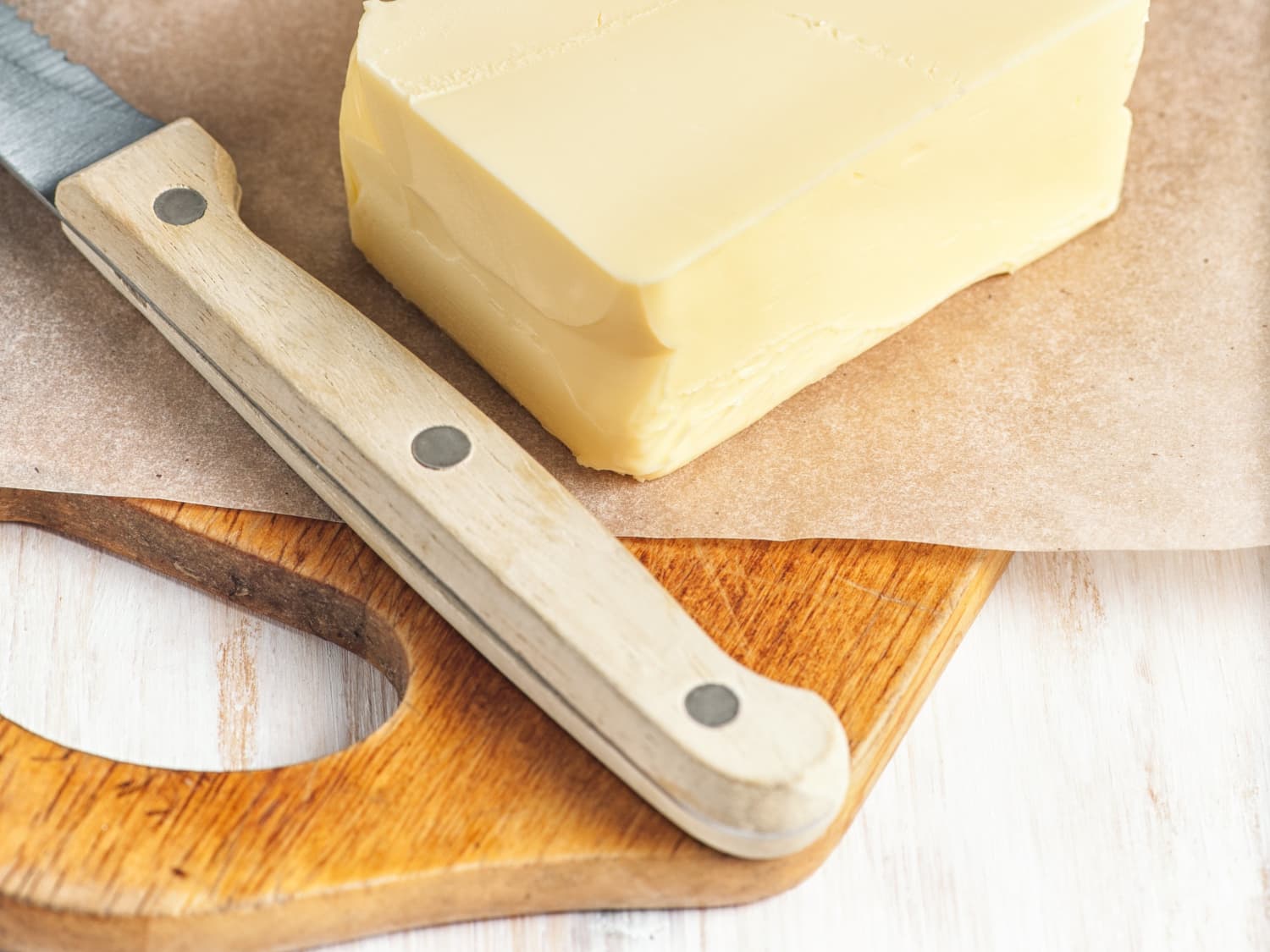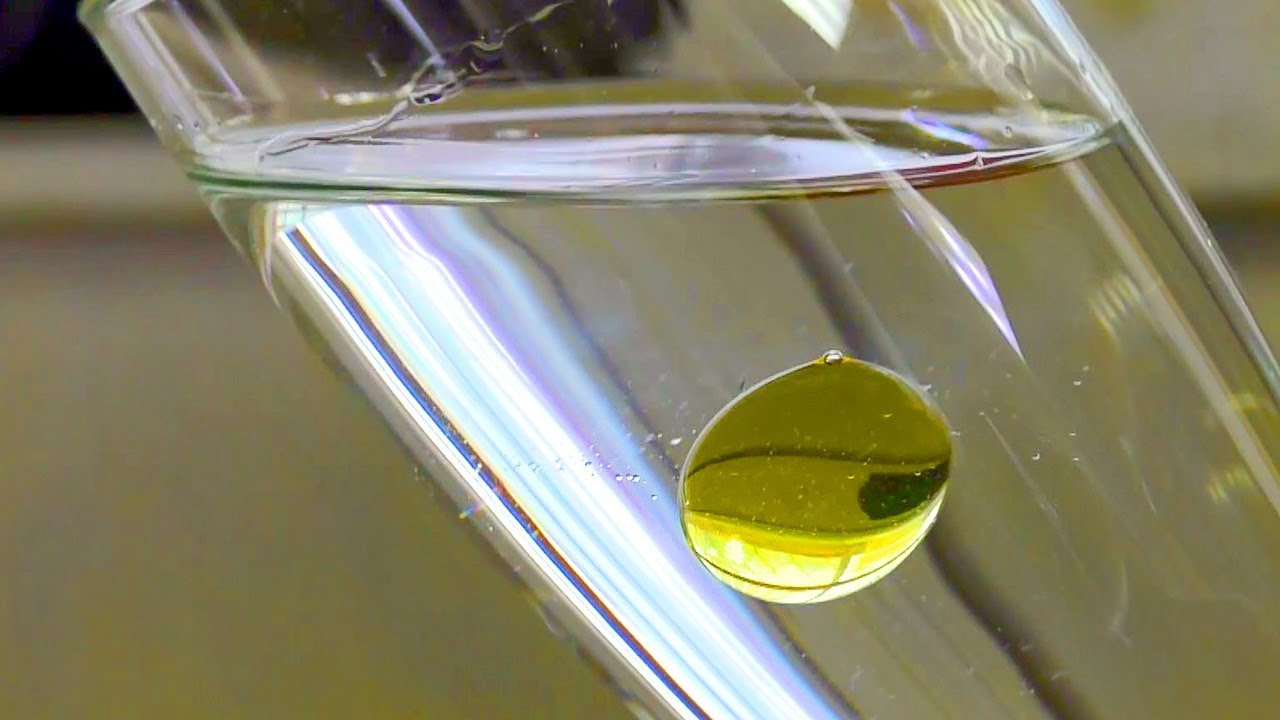Creating the perfect emulsion can transform your dishes from ordinary to extraordinary. An emulsion is a mixture of two liquids that usually don't mix, like oil and water. Think of creamy salad dressings, smooth mayonnaise, or velvety hollandaise sauce. Mastering this technique involves understanding the balance between fat and water, using the right tools, and knowing when to add ingredients. With a bit of practice, you can achieve that silky texture and rich flavor that makes your dishes stand out. Ready to dive into the world of emulsions? Let's get started on this culinary adventure!
Essential Ingredients for Your Emulsion
Ingredients for Mastering the Perfect Emulsion Techniques
- Egg yolks: 2 large
- Mustard: 1 teaspoon Dijon
- Vinegar: 1 tablespoon white wine or apple cider
- Lemon juice: 1 tablespoon, freshly squeezed
- Salt: 1/2 teaspoon
- Pepper: 1/4 teaspoon, freshly ground
- Olive oil: 1 cup, extra virgin
- Water: 1 tablespoon, room temperature
- Garlic: 1 clove, minced (optional)
- Herbs: 1 tablespoon fresh parsley or chives, finely chopped (optional)
Tools Needed for Mastering the Perfect Emulsion Techniques
- Whisk
- Blender
- Food Processor
- Mason Jar with Lid
- Measuring Cups and Spoons
- Mixing Bowls
- Spatula
- Fine Mesh Strainer
To master emulsion techniques, slowly whisk oil into a vinegar or citrus base. Maintain a steady pace to ensure the mixture combines smoothly, creating a creamy, stable texture.
The Importance of Perfect Emulsion Techniques
Emulsion techniques blend two liquids that usually don't mix, like oil and water. This creates a smooth, stable mixture. Mastering emulsions is crucial for making creamy sauces, dressings, and desserts. It enhances texture, flavor, and appearance, making dishes more appealing and enjoyable.
Step-by-Step Guide to Mastering the Perfect Emulsion Techniques
Mastering the Perfect Emulsion Techniques
-
Gather Ingredients and Tools
- Oil (vegetable, olive, or any preferred type)
- Water-based liquid (vinegar, lemon juice, or broth)
- Emulsifier (egg yolk, mustard, or honey)
- Whisk or blender
- Mixing bowl
-
Prepare the Mixing Bowl
- Ensure the bowl is clean and dry
- Place the bowl on a stable surface
-
Combine Emulsifier and Water-based Liquid
- Add the emulsifier to the bowl
- Pour in the water-based liquid
- Whisk or blend until well combined
-
Add Oil Gradually
- Start with a few drops of oil
- Whisk or blend vigorously
- Continue adding oil slowly in a thin stream
- Maintain a steady pace to avoid breaking the emulsion
-
Monitor Consistency
- Observe the mixture thickening
- If it becomes too thick, add a few drops of water-based liquid
- Continue whisking or blending
-
Adjust Seasoning
- Taste the emulsion
- Add salt, pepper, or other seasonings as needed
- Whisk or blend to incorporate
-
Check Stability
- Ensure the emulsion is smooth and uniform
- If it separates, add a small amount of emulsifier and whisk or blend again
-
Store Properly
- Transfer the emulsion to a clean container
- Cover and refrigerate if not using immediately
- Use within a few days for best quality
-
Troubleshooting
- If the emulsion breaks, start with a new emulsifier and water-based liquid
- Slowly incorporate the broken emulsion into the new mixture
- Whisk or blend until it reforms
-
Practice and Experiment
- Try different oils and emulsifiers
- Experiment with various flavorings and seasonings
- Practice to improve technique and consistency
-
Clean Up
- Wash all tools and bowls thoroughly
- Dry completely before storing
-
Advanced Techniques
- Use a food processor for larger batches
- Try double emulsions for more complex textures
- Incorporate gels or stabilizers for added stability
-
Presentation
- Serve the emulsion in a decorative dish
- Garnish with herbs or spices for visual appeal
-
Common Mistakes
- Adding oil too quickly
- Using ingredients at the wrong temperature
- Not whisking or blending enough
-
Final Tips
- Always use fresh ingredients
- Keep tools and bowls cool
- Be patient and persistent
Bringing It All Together
Mastering the perfect emulsion techniques can transform your cooking. Whether you're making a silky hollandaise, a creamy vinaigrette, or a rich mayonnaise, understanding the balance between oil and water is key. Remember to whisk or blend steadily, adding the oil slowly to avoid breaking the emulsion. Temperature also plays a crucial role; ingredients should be at room temperature for the best results. If your emulsion breaks, don't panic. You can often rescue it by starting with a fresh egg yolk and slowly incorporating the broken mixture. Practice makes perfect, so don't be afraid to experiment and refine your technique. With patience and a bit of know-how, you'll be creating restaurant-quality sauces in no time. Happy cooking!
Frequently Asked Questions About Mastering the Perfect Emulsion Techniques
What is an emulsion in cooking?
An emulsion is a mixture of two liquids that usually don't combine, like oil and water. In cooking, it's used to create sauces, dressings, and creams with a smooth, uniform texture.
How do you make a stable emulsion?
To make a stable emulsion, slowly add one liquid to the other while constantly whisking or blending. Using an emulsifier like mustard, egg yolk, or honey helps keep the mixture from separating.
What are some common emulsifiers?
Common emulsifiers include egg yolks, mustard, honey, and soy lecithin. These ingredients help bind the oil and water together, creating a smooth, stable mixture.
Why did my emulsion break?
An emulsion can break if the ingredients are added too quickly, if the temperature is too high or low, or if there's not enough emulsifier. To fix it, try whisking in a bit of water or another emulsifier.
Can I fix a broken emulsion?
Yes, you can often fix a broken emulsion by slowly whisking in a small amount of water or another emulsifier. Sometimes, starting with a fresh egg yolk and gradually adding the broken mixture can help.
What are some examples of emulsions in cooking?
Examples of emulsions include mayonnaise, hollandaise sauce, vinaigrettes, and aioli. These sauces rely on the combination of oil and water-based ingredients to achieve their creamy texture.
Do I need special equipment to make an emulsion?
While you can make an emulsion with just a whisk, using a blender or food processor can make the process easier and more consistent. These tools help mix the ingredients more thoroughly, creating a stable emulsion.
